Other ways of categorising vertebrates
Apart from skin covering, vertebrates can also be placed into one of the main sub-groups by looking closely at other features.
Three main features used for this purpose are:
1. Breathing system (whether the animal has lungs or gills, or can absorb oxygen through its skin)

With a vertical brace inserted, it might be difficult to breathe (breathing system).
Example
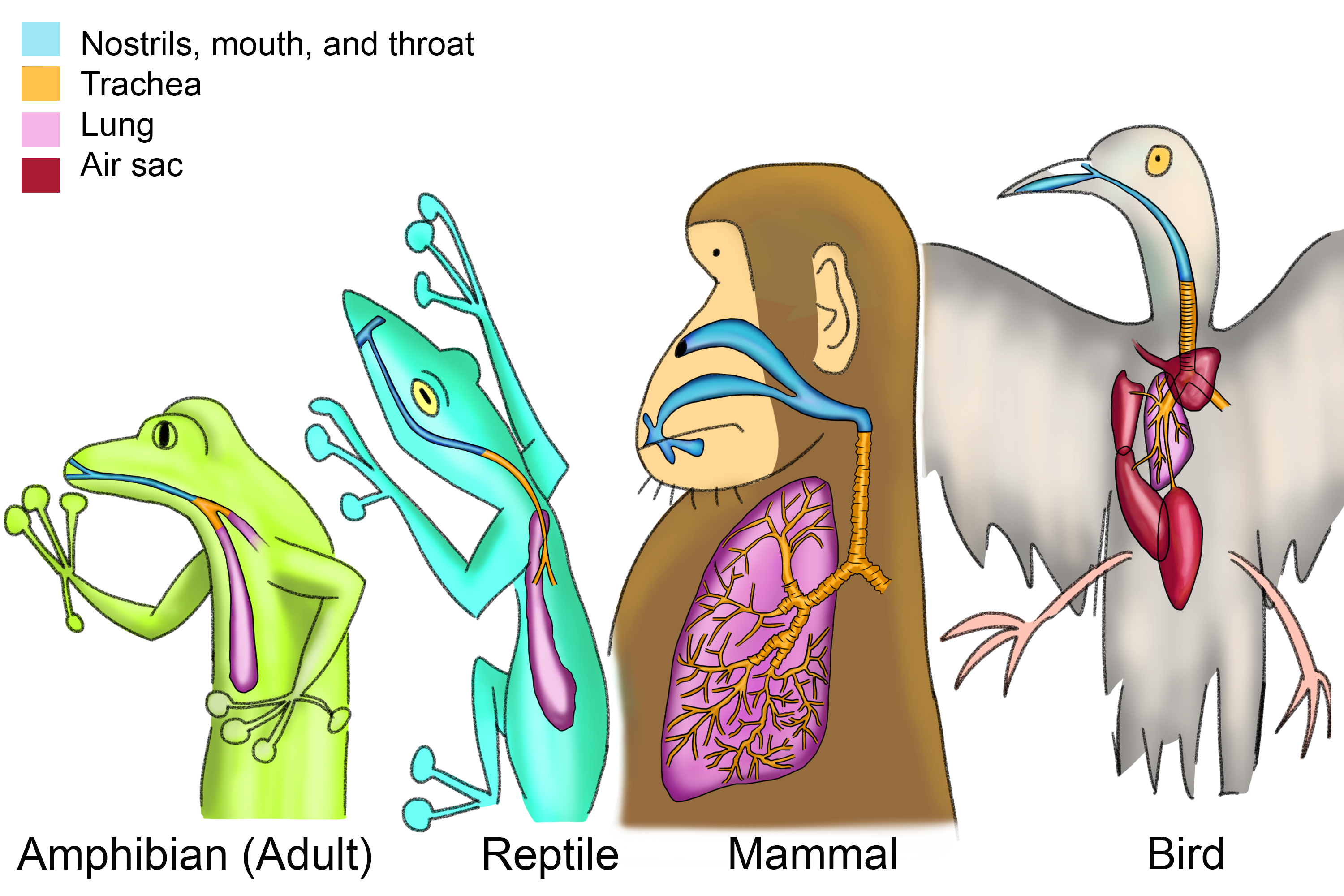
Vertebrates that breathe using lungs will be classified as either mammals, birds, reptiles, or amphibians (adults).
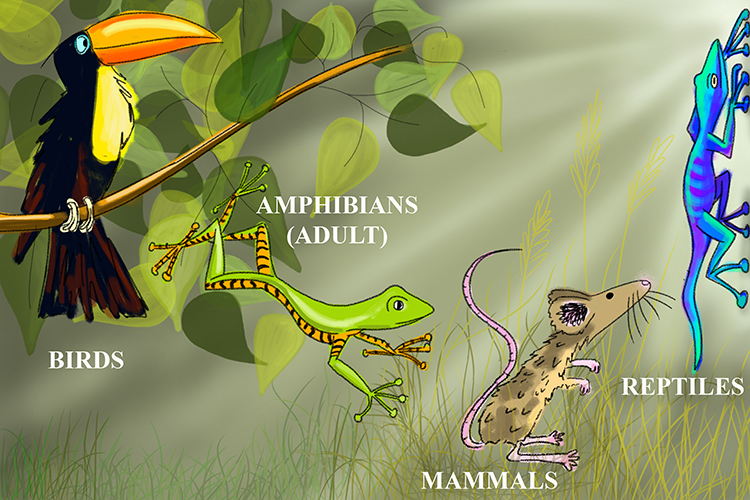
Vertebrates that breathe using gills will be classified as either amphibians (larva) or fish.
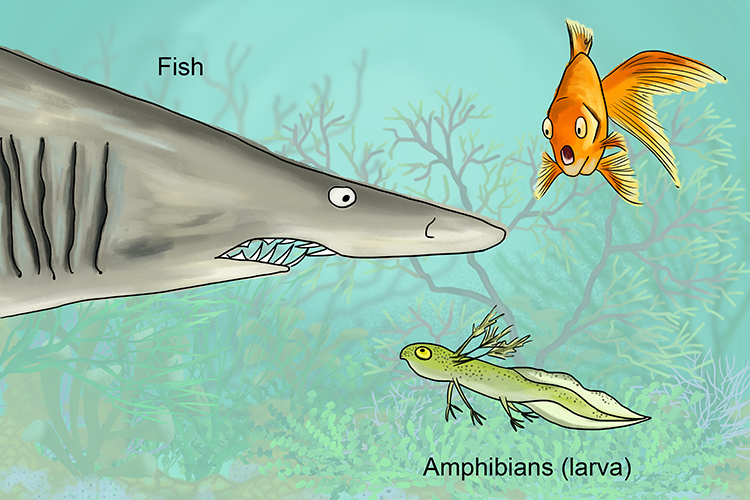
2. Thermoregulation – whether the animal can regulate its body temperature (warm-blooded) or changes temperature with the environment (cold-blooded).
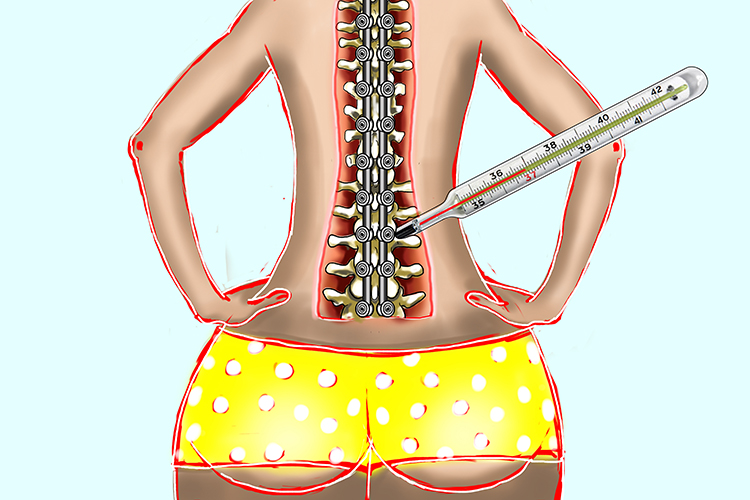
A vertical brace would be cold, and a thermometer could show how much regulation was needed to maintain body temperature (thermoregulation).
Example
Vertebrates that are cold-blooded would fall into one of the following classes: fish, reptiles and amphibians.
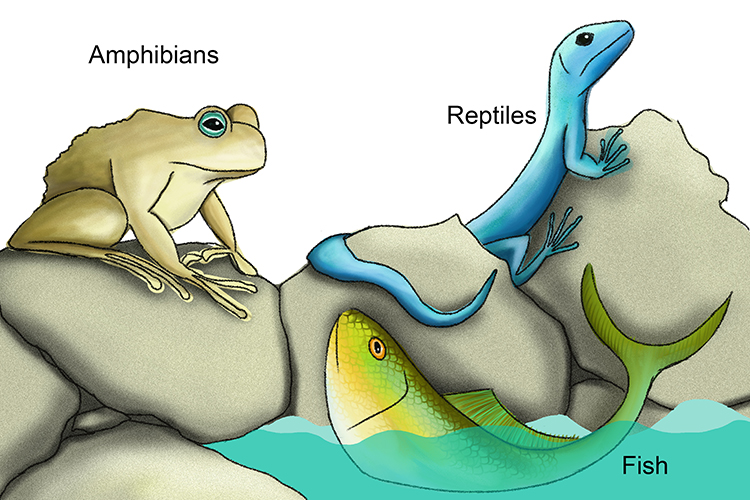
Vertebrates that are warm-blooded would fall into one of the following classes: birds or mammals.

3. Reproduction methods (internal or external fertilisation; live birth or lay eggs)
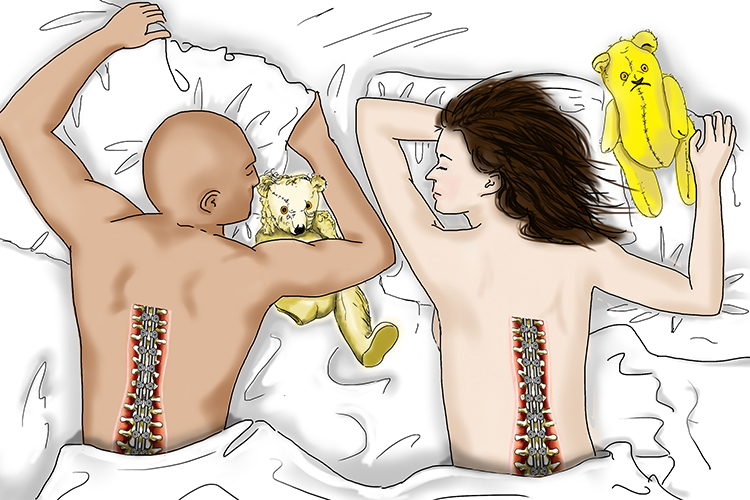
Imagine a couple who have no children because their ability to reproduce is affected by their vertical braces restricting their movements (reproduction methods).
The reproductive methods of a vertebrate are a less accurate way of separating them into classes than using thermoregulation or breathing system, as there are exceptions within each class to the general rules. Because of this reproductive methods have to be used in conjunction with other methods in order to place a vertebrate into its appropriate class, and often can not be used as a dichotomous key.




